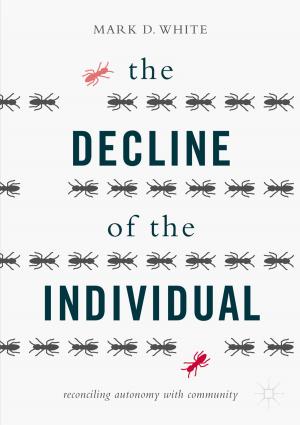Eco-design in Electrical Engineering
Eco-friendly Methodologies, Solutions and Example for Application to Electrical Engineering
Nonfiction, Science & Nature, Technology, Machinery, Telecommunications| Author: | ISBN: | 9783319581729 | |
| Publisher: | Springer International Publishing | Publication: | August 20, 2017 |
| Imprint: | Springer | Language: | English |
| Author: | |
| ISBN: | 9783319581729 |
| Publisher: | Springer International Publishing |
| Publication: | August 20, 2017 |
| Imprint: | Springer |
| Language: | English |
This book addresses eco-design, a major tool for reducing the environmental impacts of products, services and systems in the context of sustainable development. It covers four key aspects of eco-design, applied to electrical engineering. First, it describes current and future methodologies and standards, including regulations, which apply to electrical engineering. In turn, the second chapter is devoted to energy systems and planning, including constraints on the insertion of equipment into the grid. Components such as transformers and cables, their eco-design characteristics and impacts, and their potential to improve the environmental impacts of networks are described in the third chapter. Lastly, the fourth chapter deals with materials in terms of their performance and ecological impact. In the case of electrical equipment, the eco-design approach is also connected to the development of renewable energies and energy efficiency.
This book addresses eco-design, a major tool for reducing the environmental impacts of products, services and systems in the context of sustainable development. It covers four key aspects of eco-design, applied to electrical engineering. First, it describes current and future methodologies and standards, including regulations, which apply to electrical engineering. In turn, the second chapter is devoted to energy systems and planning, including constraints on the insertion of equipment into the grid. Components such as transformers and cables, their eco-design characteristics and impacts, and their potential to improve the environmental impacts of networks are described in the third chapter. Lastly, the fourth chapter deals with materials in terms of their performance and ecological impact. In the case of electrical equipment, the eco-design approach is also connected to the development of renewable energies and energy efficiency.















